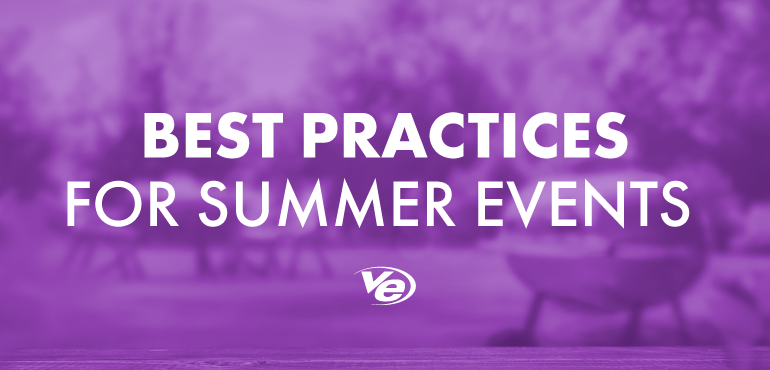
By Brett Dinkins, Consultant
For many campaigns, there is no busier season than the summer months. May through August is often stacked with parades, fairs, and community events, creating a fantastic opportunity for campaigns to spread their message and meet voters face to face.
In order to make the most out of these crucial opportunities, campaigns need to become a well-oiled summer event machine. Just like any key aspect of a campaign, it all starts with a plan.
Build Your Summer Events Calendar
Often, summers are packed to the brim with events and local gatherings. Every campaign should start by compiling a list of events and mapping them out on a calendar. Scour Facebook pages, community boards, newspapers, and church bulletins for information. This will allow you to start planning your summer itinerary and identifying any conflicting or overlapping events. There is no excuse for not knowing what is taking place in a campaign’s district.
It will be common for multiple communities in the district to have conflicting events. Get detailed information about the time, location, and duration of each event in order to maximize a candidate’s exposure to voters. It’s impossible for a candidate to be in two places at once, so campaigns will need to work extra hard to recruit additional volunteers and get strategic with the candidate’s time.
Stock Up On Supplies
The night before the event is never a good time to try to get the supplies needed for a parade or fair. Once your Summer Calendar is in place, you can begin taking stock of the supplies you’ll need. Campaigns need to be stocked up with signs, palm cards, t-shirts, collateral, and candy.
By planning ahead, campaigns can save precious time and money by buying early and in bulk. We’ve taken a lot of the guesswork out of the planning by building pre-arranged parade and fair bundles for the summer season. (hyperlink to parade bundles)
Recruit Your Volunteers
For most events, the bigger a campaign’s presence, the better. Start identifying the campaign’s key volunteers early and begin the hard work of recruiting more while you have the luxury of time.
Build your event rosters weeks or months in advance to always give volunteers plenty of notice before you need them. Once your events are set, stay in touch with your volunteers by providing them with the key details they will need, like where to be and when. By frequently communicating with volunteers in the lead-up to an event, a campaign can ensure that their volunteers are not taken by surprise and their event remains a top-of-mind priority.
